How to Groom Your Horse
Updated on 05/27/24
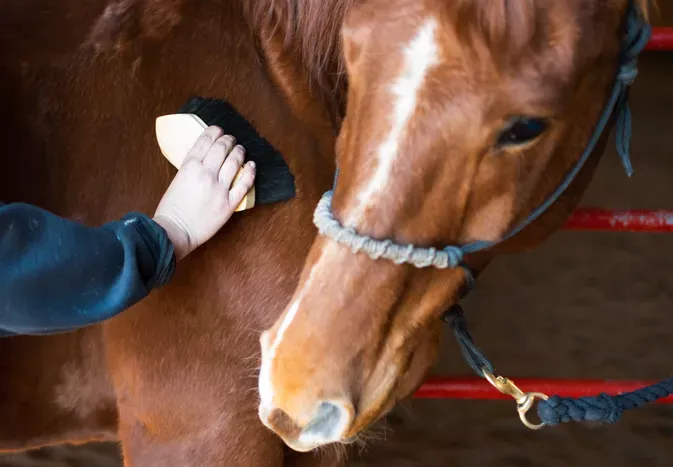
The Ultimate Guide to Equine Grooming: A Comprehensive Manual for Maintaining a Healthy and Radiant Horse
Introduction
Grooming is an essential aspect of horse care, contributing significantly to their overall health, well-being, and performance. By understanding the proper grooming techniques and establishing a regular grooming routine, you can not only enhance your horse's outward appearance but also address and prevent potential health concerns. This comprehensive guide will provide you with a step-by-step approach to equine grooming, ensuring a clean, healthy, and radiant companion.
Chapter 1: The Importance of Grooming
* Improved Health: Regular grooming helps remove dirt, parasites, and debris, reducing the risk of skin infections and other health issues.
* Enhanced Performance: Well-groomed horses are more comfortable and have less friction during exercise, leading to improved performance.
* Bonding and Connection: The act of grooming creates a special bond between horse and owner, deepening your relationship and understanding.
* Early Detection of Health Problems: Grooming allows you to closely inspect your horse's body, enabling early detection of injuries, lumps, or other health concerns.
Chapter 2: Essential Grooming Tools
* Curry Comb: Removes loose hair, dirt, and mud.
* Body Brush: Soft-bristled brush for removing general dirt and grime.
* Dandy Brush: Stiff-bristled brush for removing stubborn dirt and debris.
* Mane and Tail Brush: Fine-toothed brush specifically designed for detangling manes and tails.
* Hoof Pick: Removes debris and stones from the hooves.
* Water Bucket: For rinsing and cleaning brushes and equipment.
* Towels: For drying your horse after bathing or grooming.
Chapter 3: Daily Grooming Routine
* Step 1: Curry Combing: Use the curry comb to remove loose hair and dirt in a circular motion.
* Step 2: Body Brushing: Use the body brush to brush your horse's body in the direction of hair growth.
* Step 3: Dandy Brushing: Use the dandy brush to remove any remaining dirt or debris.
* Step 4: Hoof Cleaning: Lift each hoof and use the hoof pick to remove stones and debris.
* Step 5: Mane and Tail Brushing: Use the mane and tail brush to gently detangle and remove any tangles.
Chapter 4: Weekly Grooming Routine
In addition to the daily grooming routine, a weekly grooming session is recommended for more thorough cleaning.
* Step 1: Bathing: Use a mild horse shampoo and lukewarm water to bathe your horse, ensuring to rinse thoroughly. Note: Bathing frequency may vary depending on the horse's activity level and weather conditions.
* Step 2: Manure Removal: Use a damp cloth or sponge to remove any manure from the horse's coat.
* Step 3: Deep Cleaning: Use a grooming mitt or sponge to thoroughly clean the horse's body, paying attention to areas that may not be easily accessible during daily grooming, such as the underbelly and between the legs.
* Step 4: Tail Washing: Use horse shampoo and water to wash the horse's tail. Rinse thoroughly and allow to air dry.
Chapter 5: Special Grooming Considerations
* Shedding Season: During shedding season, increase grooming frequency and use a shedding blade to remove loose hair.
* Sweat Management: After exercising or in hot weather, use a sweat scraper to remove excess sweat and prevent skin irritation.
* Winter Grooming: During cold weather, avoid bathing your horse too frequently. Use a warmer brush to stimulate circulation and maintain a healthy coat.
* Grooming Specific Breeds: Some breeds may require specialized grooming techniques. Consult with a professional groomer or veterinarian for specific breed recommendations.
Conclusion
By following the comprehensive instructions outlined in this guide, you can establish a consistent and effective grooming routine that will keep your horse healthy, comfortable, and looking its best. Remember, grooming is not just a chore but a bonding experience that strengthens the bond between you and your equine companion. Embrace the joy of grooming and enjoy the rewards of a well-groomed and radiant horse.
Explore More Pets
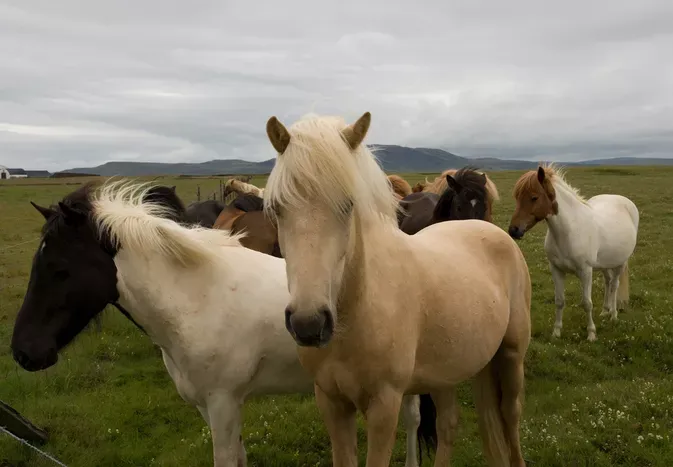
Pony Breeds
The Difference Between Horses and Ponies
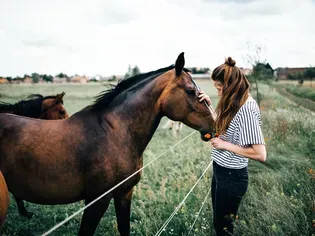
Horse Diseases & Conditions
What Do I Do If My Horse Colics?
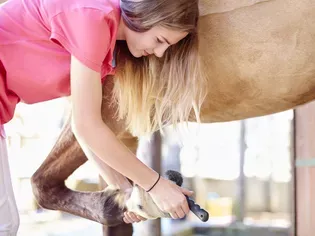
Pony Breeds
Horse and Pony Care by the Day, Week, Month and Year
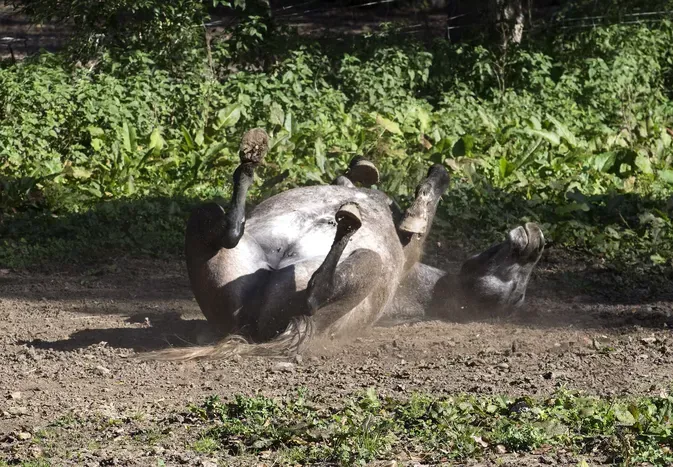
Horse Grooming
Mange in Horses
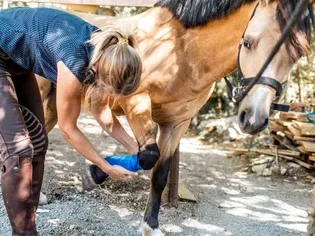
Horse Diseases & Conditions
Grease Heel in Horses

Light Horse Breeds
Gypsy Vanner Horse Breed Profile
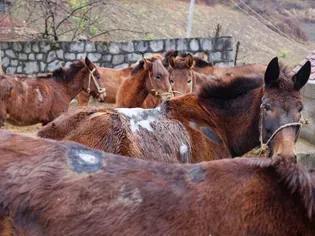
Horse Diseases & Conditions
Girth Galls and Saddle Sores
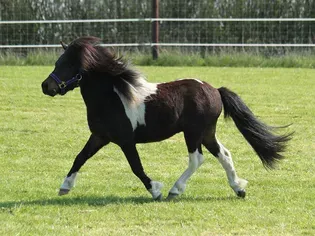
Pony Breeds
Shetland Pony Breed Profile
